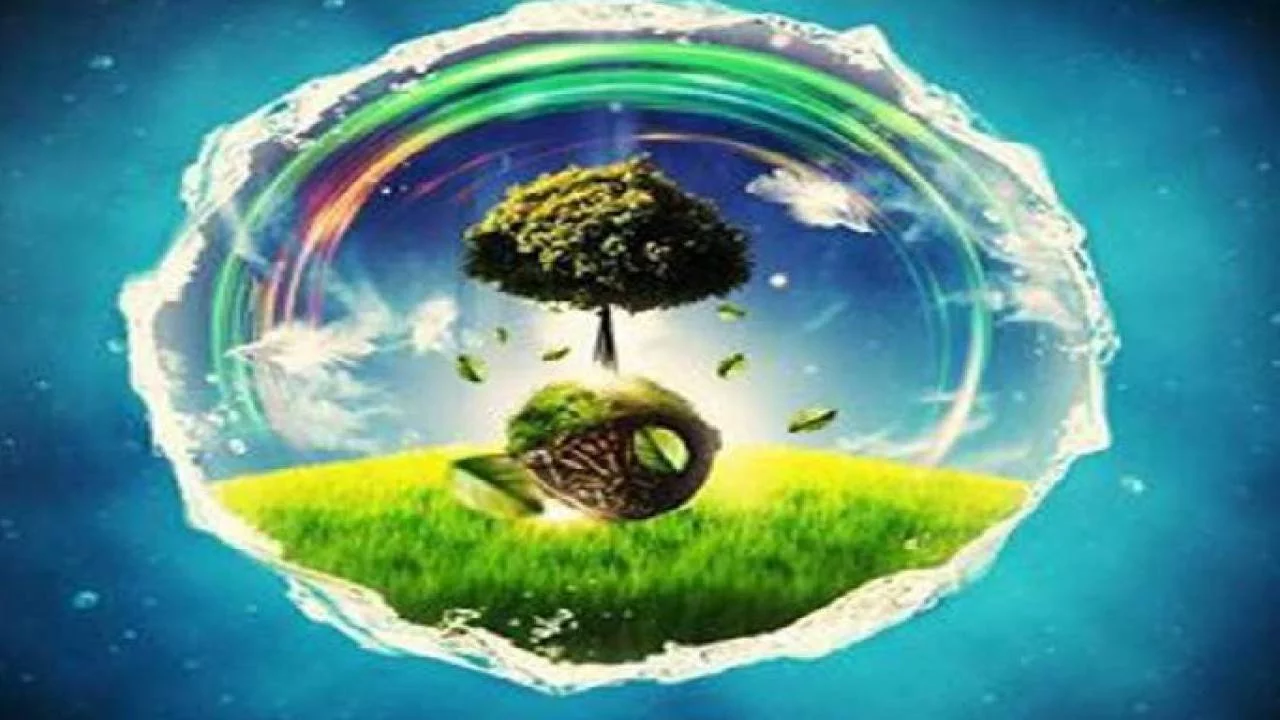
- Lalit Garg -
The ozone layer is the shield of life on Earth. This stratospheric layer protects our planet from the sun’s most harmful ultraviolet radiation. Without sunlight, life—whether human, plant, or animal—would not be possible. Yet, direct exposure to ultraviolet rays can be fatal, and it is the ozone layer that safeguards life by filtering them out. Human-driven environmental degradation, however, has damaged this protective shield. When scientists in the late 1970s discovered that reckless exploitation of nature was piercing holes into the ozone layer, alarm bells rang worldwide. The expanding ozone hole, largely caused by ozone-depleting substances (ODS) used in refrigerators, air conditioners, aerosols, and cooling systems, triggered a surge in skin cancer, cataracts, crop failures, and ecological disruptions. This posed a grave threat to life on Earth. Recognizing this, the Vienna Convention established World Ozone Day, reminding humanity of its duty to safeguard the Earth’s natural defense.
This year marks the 35th anniversary of the Vienna Convention and global ozone protection efforts. Each year, World Ozone Day is observed under a unique theme highlighting present challenges and achievements. The 2025 theme, “Ozone for Life”, underlines the ozone layer’s continuing importance as Earth’s protective shield and celebrates the global success of the Montreal Protocol while pointing to future possibilities. Located 10 to 40 kilometers above Earth’s surface, the stratospheric ozone—often called the “good ozone”—absorbs harmful ultraviolet radiation. By doing so, it prevents cataracts, skin cancer, and other health risks, while also protecting crops, forests, and aquatic ecosystems. This day reminds us that the ozone layer is not just a scientific term, but a living shield for life on Earth.
The United Nations proclaimed World Ozone Day in 1994, commemorating the signing of the Montreal Protocol (1987), a landmark agreement where the world came together to control ozone-depleting substances. Protecting the ozone layer is vital for maintaining environmental balance and ensuring safe living conditions. If destroyed, life on Earth would become perilous. As Mahatma Gandhi wisely said: “Nature provides enough to satisfy every man’s need but not every man’s greed.” This truth explains the root of today’s ozone crisis. The primary culprits of ozone depletion are chlorofluorocarbons (CFCs) used in refrigerators, ACs, sprays, and foams. Industrial pollutants, excessive fertilizers and pesticides, vehicle emissions, deforestation, and reckless exploitation of natural resources further worsen the problem. The consequences are severe: rising cases of skin cancer and cataracts, weakened immunity, and respiratory diseases, especially among children and the elderly. Climate change accelerates glacier melt, sea-level rise, unseasonal rains, heatwaves, and cyclones, putting cities and ecosystems at risk. Crop yields are falling, aquatic life is threatened, and biodiversity is destabilized.
The crisis is magnified by growing vehicular pollution and greenhouse gases that weaken the ozone layer while choking urban air. Smog-filled skies, erratic monsoons, and breathing disorders are visible consequences. The time has come for decisive action: adopting eco-friendly technology, promoting public transport and cycling, planting trees, preserving forests, regulating harmful chemicals, and shifting to renewable energy like solar, wind, and hydro. The ozone layer is Earth’s natural shield for life, and its destruction would push humanity into grave peril. The pledge to conserve and restore the ozone layer shows that science-guided collective action can resolve global crises. The COVID-19 pandemic taught us how interconnected and fragile our survival is; similarly, ozone treaties highlight the importance of unity and global cooperation for collective good. The call of this year’s theme, “Ozone for Life”, reminds us not only of the ozone’s critical role today but also of our responsibility to protect it for future generations.
Scientific studies show that temperature, UV radiation, and rainfall patterns directly affect plant survival and crop resilience. UV-B radiation and climate change disrupt plant growth, resistance to pests, and food quality. Human health, too, faces risks from UV exposure, although the Montreal Protocol has already prevented millions of illnesses and deaths. Ultraviolet radiation worsens atmospheric pollution by breaking down organic compounds into toxic products, harming air quality and human health. It also accelerates plastic degradation, increasing environmental toxicity. At both urban and continental levels, UV radiation alters atmospheric chemistry, intensifying air pollution. It also contributes to toxic and carcinogenic by-products in aquatic environments. Since UV intensity depends on stratospheric ozone thickness, preserving this layer is critical for clean air, safe water, and healthy ecosystems. The ozone layer is humanity’s protective umbrella—without it, neither life, nor forests, nor oceans, nor biodiversity can endure. Ozone depletion is an alarm bell for our health, our environment, and our future. Therefore, World Ozone Day is not merely a symbolic observance—it is a call to action. It is the day to pledge that we will curb pollution, nurture greenery, embrace clean energy, and work tirelessly to preserve this life-saving shield of our planet.